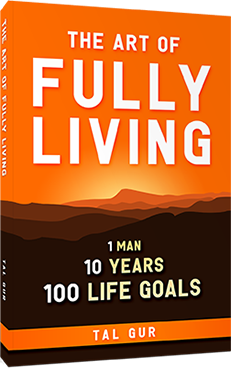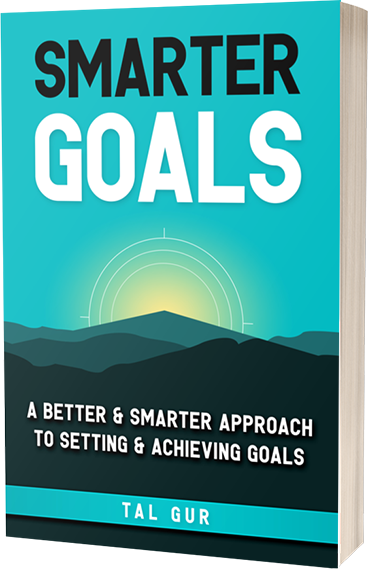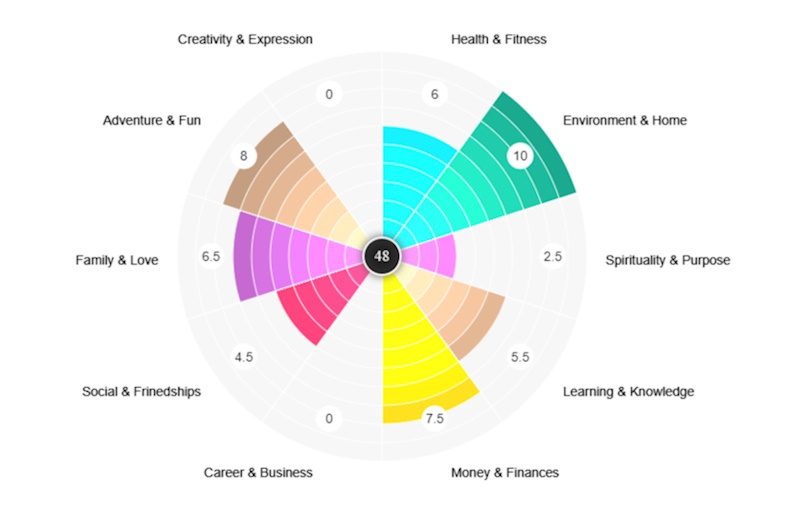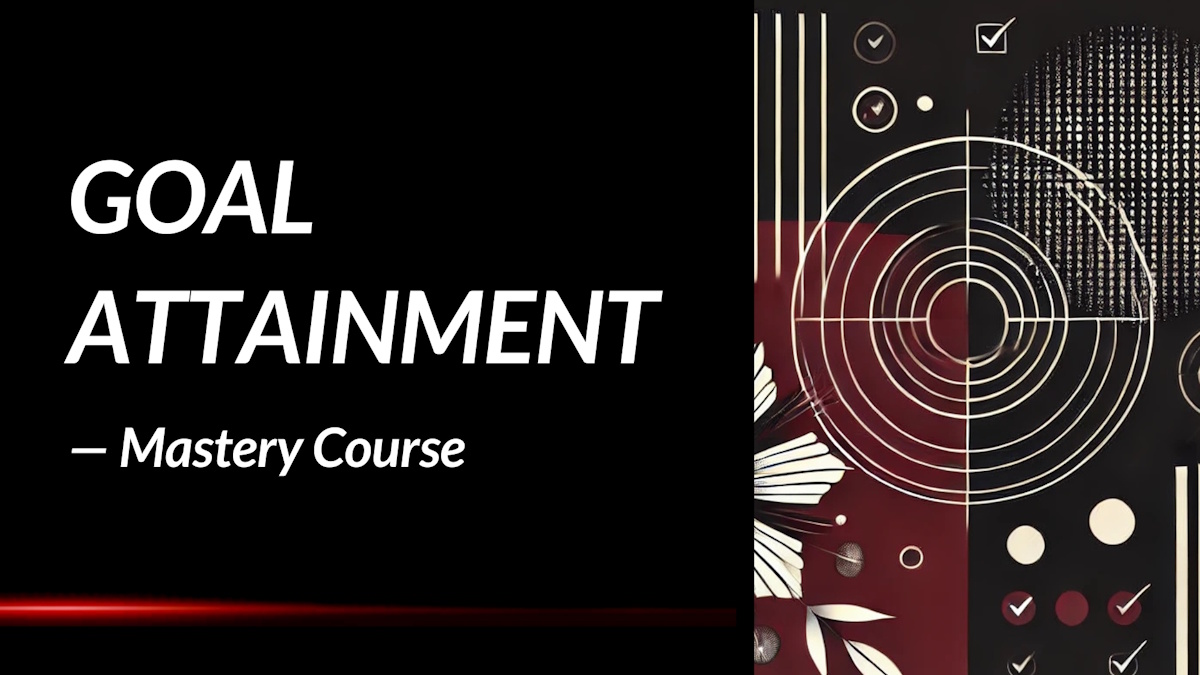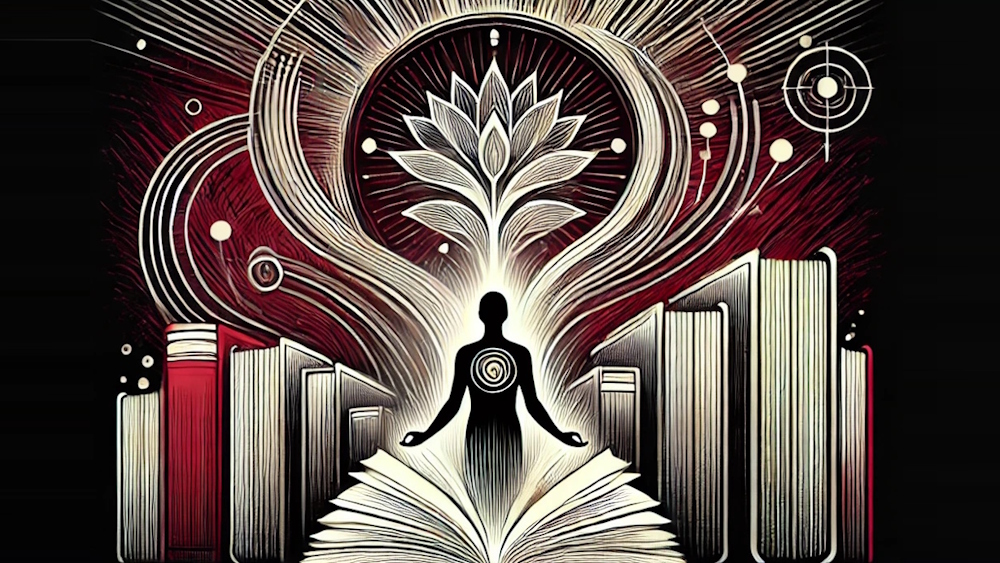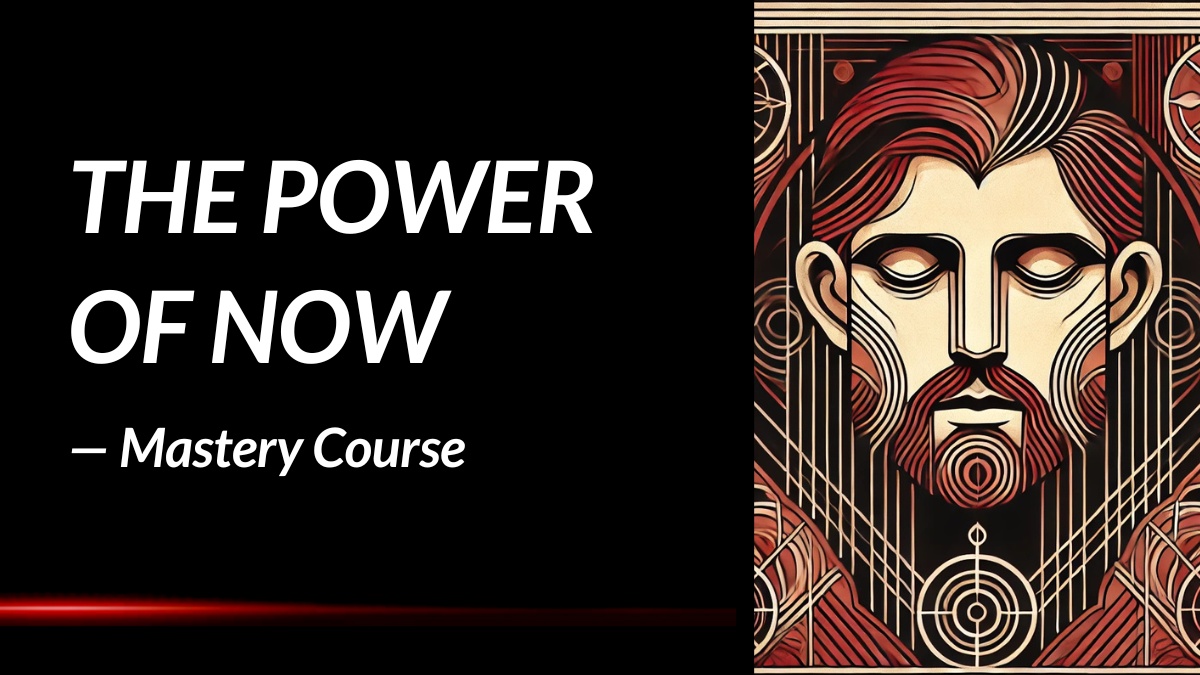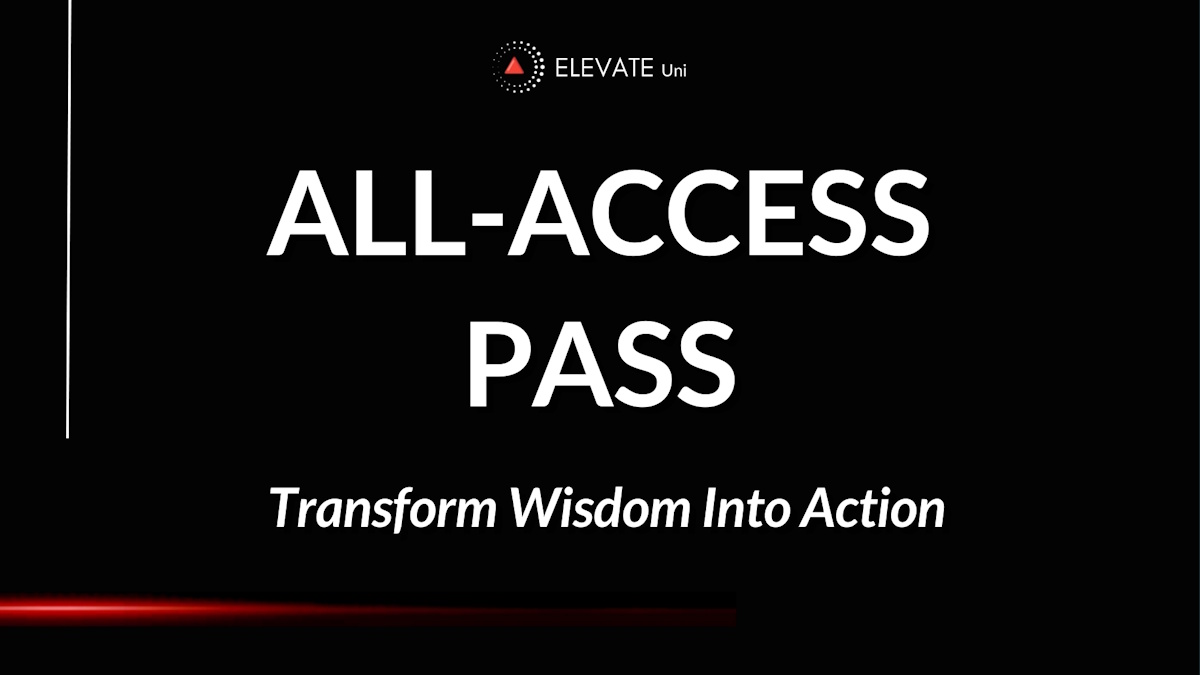The Birth of Joy: Summary Review
What if the path to healing lies not in perfection, but in embracing our deepest vulnerabilities? In The Birth of Joy, Beverly Joyce, MD, a seasoned OB-GYN, shares her transformative journey through childhood trauma and professional burnout to rediscover passion and purpose.
What is the Book About?
The Birth of Joy is a candid memoir that delves into Dr. Joyce's life, revealing how a single phone call became the catalyst for profound self-discovery. Balancing the roles of physician, mother, and daughter, she confronts the hidden doubts and guilt that have shadowed her life. Through introspection, she uncovers the impact of suppressed childhood traumas and the pressures of striving for perfection in both her personal and professional spheres.
As Dr. Joyce navigates the complexities of her identity, she invites readers into her world, sharing the challenges of maintaining a facade of control while grappling with internal turmoil. Her story is not just about personal healing but also serves as a mirror for others facing similar struggles, offering insights into finding meaning beyond societal expectations and reconnecting with one's authentic self.
Book Details
Print length: 179 pages
Language: English
Publication date: December 14, 2023
Genre: Memoir / Self-Help
Book Author
Core Theme
At its heart, The Birth of Joy explores the intersection of personal trauma and professional burnout, particularly within the medical field. Dr. Joyce delves into the societal and internal pressures that compel individuals, especially women in demanding careers, to suppress their vulnerabilities in pursuit of perfection. Her narrative emphasizes the importance of acknowledging and addressing these hidden struggles to achieve genuine healing and fulfillment.
The memoir also highlights the concept of "little t" traumas—subtle yet impactful experiences that, when unaddressed, can lead to significant emotional distress. By sharing her journey, Dr. Joyce encourages readers to reflect on their own lives, recognize the sources of their discontent, and take proactive steps towards self-compassion and rediscovery of joy.
Main Lessons
A few impactful summary lessons from Finding Your Way to Happy:
1. Adaptability Is Essential to Personal Growth
The book emphasizes that life constantly throws change in our path, and our ability to adapt is one of the most powerful tools we possess for sustaining happiness. Instead of resisting what is unfamiliar or inconvenient, the author encourages readers to lean into the discomfort, analyze the situation, and realign themselves with new circumstances. By reframing change as a natural part of growth rather than a threat to stability, we can avoid frustration and open ourselves to possibilities that were once invisible. This mindset of adaptive flexibility allows us to reinvent ourselves over and over, each time a little wiser and more aligned with what truly matters.
2. Happiness Must Be Rooted in Inner Congruence
One of the most compelling themes in the book is the idea of being congruent—living in a way where your thoughts, values, and actions are harmonized. Happiness, the author suggests, isn't found by conforming to social expectations or chasing external approval, but by aligning with your authentic self. When your internal compass matches the direction you’re moving in life, there's a sense of inner peace that can’t be faked. Living this way requires honesty, courage, and a willingness to let go of roles that no longer serve you. The moment your identity reflects who you truly are, happiness stops being a pursuit and becomes a natural state.
3. Surface Solutions Will Never Solve Deep Problems
Many people go through life putting band-aids on their problems instead of confronting their root causes. The book pushes readers to stop masking symptoms and start digging into the core of their struggles. Whether it’s emotional pain, burnout, or constant dissatisfaction, there's always a deeper layer that needs addressing. Quick fixes may provide temporary relief, but real happiness demands a willingness to understand the "why" beneath the discomfort. By doing this internal excavation, you free yourself from cycles of repetitive suffering and create lasting change that goes beyond surface-level gratification.
4. Worrying Is a Habit That Drains Life’s Energy
In tackling the topic of worry, the book makes a case that it’s a mental habit more than a useful emotion. While some might argue that a little worry is natural or even productive, the overall message is clear: excessive worry robs us of presence, clarity, and joy. It encourages a shift from dwelling on hypothetical problems to focusing on actions that are within our control. Letting go of chronic worry is not about denying reality but about reclaiming the mental space that allows for peace, creativity, and forward movement. Once we begin recognizing worry as wasted energy, we can replace it with more purposeful thinking.
5. Present Moment Living Is the Gateway to Joy
One of the standout teachings is the importance of living fully in the now. Many people delay happiness, tying it to future achievements or conditions, but the book urges readers to embrace the idea that the only true time to be happy is the present. Every moment carries an invitation to find beauty, calm, or connection, but this is only possible when we stop replaying the past or fast-forwarding to the future. Cultivating presence allows us to tap into gratitude and to savor the ordinary, which paradoxically reveals itself to be extraordinary when viewed through an intentional lens.
6. Happiness Is a Currency More Valuable Than Wealth
Throughout the book, there’s a recurring theme that challenges the illusion that material wealth equates to happiness. While money can certainly make life easier, it doesn’t guarantee inner contentment. The author encourages readers to see happiness as a form of currency—one that can buy a rich life filled with meaning, connection, and peace. By recalibrating what we measure as success, we can pursue goals that actually feed our soul instead of just our ego. Prioritizing emotional wealth over material wealth becomes a transformative shift that redefines what it means to truly be rich.
7. Personal Stories Make Abstract Lessons Tangible
A powerful feature of the book is its use of personal stories to deliver life lessons. These aren’t just theoretical musings; they are real reflections, drawn from the author’s own experiences, which bring depth and relatability to each insight. Whether he’s discussing career transitions, emotional lows, or moments of clarity, the stories make the lessons feel grounded and attainable. This narrative style reinforces the idea that wisdom isn’t exclusive to gurus or philosophers—it’s something we all have access to if we’re willing to reflect on our own journeys.
8. It’s Never Too Late to Choose a New Path
A central motivational takeaway is that change is always possible, regardless of how long someone has been stuck in unhappiness or fear. The book insists that happiness isn’t a privilege for the lucky few but a decision that anyone can make at any time. This lesson resonates especially with those who feel like they’ve missed their chance or wasted years on the wrong path. Through empowering language and examples, the book reminds us that the door to change is always open—and the only requirement is the willingness to walk through it with courage.
9. Stop Following the Rat Race and Define Your Own
The opening lesson in the book speaks directly to the societal obsession with status, achievement, and speed. It critiques the modern "rat race" mentality and calls for a radical redefinition of success. Rather than chasing endless to-do lists or comparing oneself to others, readers are encouraged to create their own definition of a good life—one that aligns with their inner values instead of external benchmarks. Abandoning the rat race isn’t about laziness; it’s about reclaiming your agency and living life on your own terms without apology.
10. Truthful Reflection Is the Beginning of Transformation
One underlying current throughout the book is the importance of honest introspection. Before any lasting happiness can be achieved, one must look inward without filters or self-deception. This doesn’t mean being harsh or self-critical—it means being willing to ask hard questions and sit with uncomfortable truths. It’s from this raw place of self-awareness that real change becomes possible. When you commit to understanding yourself at a deeper level, you open the door to making choices that align with your values, desires, and unique path to joy.
Key Takeaways
Key summary takeaways from the book:
- Recognizing and addressing suppressed traumas is crucial for personal healing.
- Perfectionism can be a barrier to genuine self-fulfillment.
- Work-life balance is essential, especially in high-stress professions.
- Self-compassion is a powerful tool for overcoming burnout.
- Authenticity leads to a more meaningful and joyful life.
Book Strengths
The Birth of Joy stands out for its raw honesty and relatable narrative. Dr. Joyce's willingness to share her vulnerabilities provides a compelling and authentic account that resonates with readers. The inclusion of reflective questions at the end of each section offers practical tools for readers to engage in their own journeys of self-discovery. Her clear and conversational writing style makes complex emotional topics accessible and engaging.
Who This Book Is For
This book is ideal for professionals, particularly in the healthcare sector, who are grappling with burnout and seeking a path to rediscover their passion. It's also beneficial for individuals interested in personal development, self-help, and those looking to understand the impact of childhood experiences on adult life.
Why Should You Read This Book?
Reading The Birth of Joy offers valuable insights into the journey of self-healing and the importance of authenticity. Dr. Joyce's experiences serve as a guide for readers to confront their own challenges, embrace vulnerability, and take proactive steps towards a more fulfilling life. The book's practical reflections and relatable storytelling make it a compelling read for anyone seeking personal growth.
Concluding Thoughts.
The Birth of Joy is more than a memoir; it's a testament to the resilience of the human spirit. Dr. Joyce's journey underscores the transformative power of self-awareness and the courage it takes to confront one's past. Her story serves as an inspiration for readers to embark on their own paths towards healing and authenticity.
In a world that often values perfection over authenticity, Dr. Joyce's narrative is a refreshing reminder of the strength found in vulnerability. Her insights encourage readers to prioritize self-care, embrace their true selves, and find joy in the journey of self-discovery.
→ Get the book on Amazon or discover more via the author's website or social channels.
* The publisher and editor of this summary review made every effort to maintain information accuracy, including any published quotes, lessons, takeaways, or summary notes.
Chief Editor
 Tal Gur is an author, founder, and impact-driven entrepreneur at heart. After trading his daily grind for a life of his own daring design, he spent a decade pursuing 100 major life goals around the globe. His journey and most recent book, The Art of Fully Living, has led him to found Elevate Society.
Tal Gur is an author, founder, and impact-driven entrepreneur at heart. After trading his daily grind for a life of his own daring design, he spent a decade pursuing 100 major life goals around the globe. His journey and most recent book, The Art of Fully Living, has led him to found Elevate Society.








